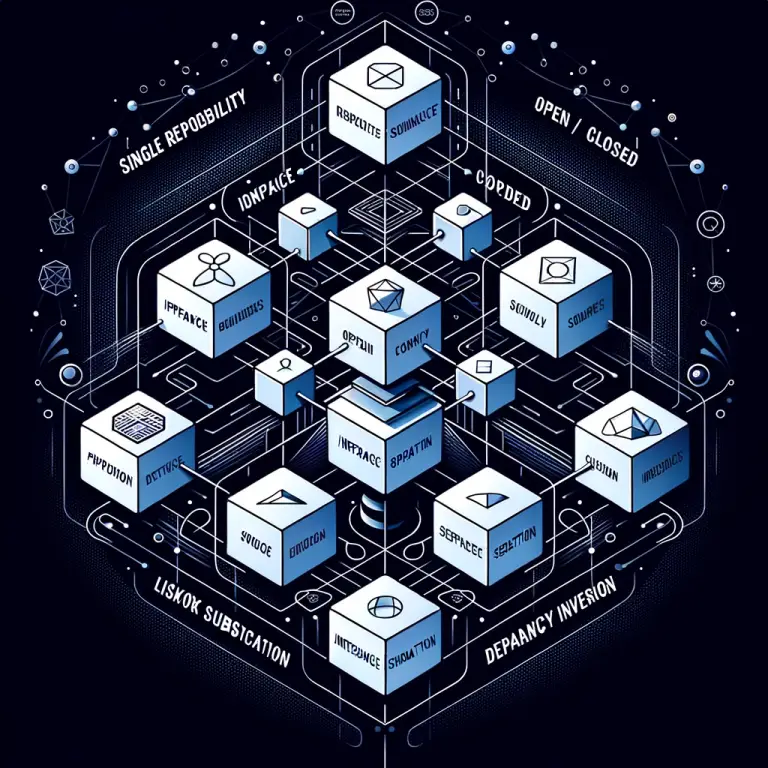
Title: A Comprehensive Guide to Cloud Gaming Platforms
Introduction
The evolution of technology over the years has led us to a revolutionary concept of digital entertainment known as ‘cloud gaming.’ As the bandwidth of internet connections expanded, gaming platforms capitalized on the opportunity to introduce gaming not as a traditional console-tied or hard copy concept but as a service. Hence, cloud gaming platforms were born. Imagine having the ability to play your favorite games without worrying about the capabilities of your device. This form of digital capability allows you to play any games virtually, running on remote servers instead of your personal device. This article will explore the concept of cloud gaming platforms, including their benefits, challenges, and some notable examples in the industry today.
Main Content
1. Understanding Cloud Gaming Platforms
Cloud gaming platforms rest on the concept of remote access gaming. These platforms digitally store and run games on remote servers, allowing users to access them even with devices that may not meet the game’s technical requirements. Essentially, the game runs on the platform’s server, while your device is simply the medium to display and interact with the game. Think of it as watching a YouTube video; the video is processed and run on YouTube servers, your device simply accesses and displays it.
2. Benefits of Cloud Gaming Platforms
The benefits of cloud gaming platforms encompass a variety of factors:
a) Hardware Requirements: Cloud gaming platforms eliminate the need for high-end gaming consoles or PCs. The game runs on the platform’s server, placing less emphasis on user device processing capabilities.
b) Accessibility: Users can access their games from anywhere with an internet connection, breaking down geographical restrictions.
c) Cost-Effective: By eliminating the need for pricey gaming consoles or PCs, it saves users significant costs.
d) Game Library: Typically, cloud gaming platforms provide a vast array of games, immediately available to play without the need for physical storage space.
3. Challenges of Cloud Gaming Platforms
Despite the advantages, few challenges exist:
a) Internet Dependent: Stable, high-speed internet connection is mandatory for smooth gameplay.
b) Input Lag: Potential delay between user input on their device and the game response on the server.
c) Limited Availability: Some platforms may not be available in all countries.
4. Examples of Cloud Gaming Platforms
There are numerous platforms for cloud gaming available today, among them:
a) Google Stadia: Launched by Google, Stadia promises a future of ‘any device’ gameplay, with prominent titles available.
b) Nvidia GeForce Now: Allows gamers to play their library of games on almost any device by turning nearly any system into a high-performance gaming rig.
c) Microsoft xCloud: An upcoming project by Microsoft aiming to bring console-quality gaming to devices such as phones and tablets.
Conclusion
Cloud gaming platforms represent a significant leap forward in how gamers access and play video games. These platforms provide unprecedented flexibility and accessibility, removing hardware constraints and geographical boundaries, and opening up the world of gaming to a much broader audience. However, while the cloud gaming revolution carries remarkable advantages, its success heavily relies on the accessibility of a stable, high-speed internet connection. As global Internet infrastructure continues to improve, the future of cloud gaming shines even brighter, promising a gaming landscape limited only by the imagination.

